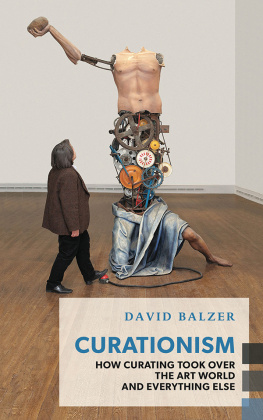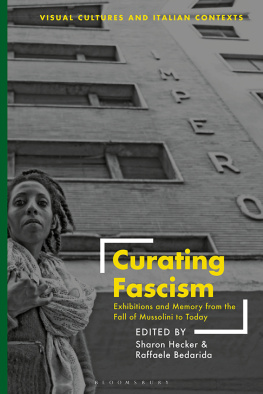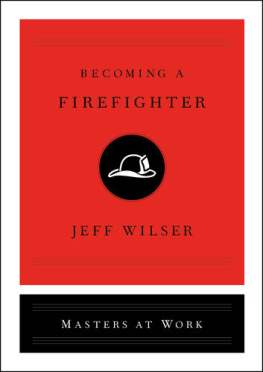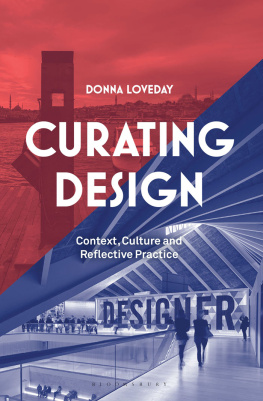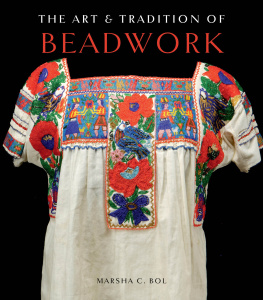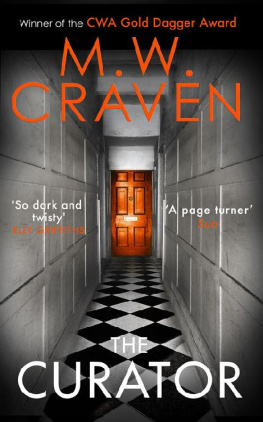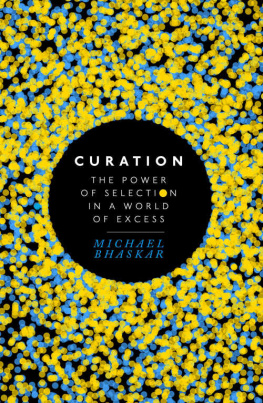About This Book

Now that we curate even lunch, what happens to the role of the connoisseur in contemporary culture?
Curate is now a buzzword, applied to everything from music festivals to artisanal cheese. Inside the art world, the curator reigns supreme, acting as the face of high-profile group shows and biennials in a way that can eclipse and assimilate the contributions of individual artists. Curatorial-studies programs continue to grow, and the business world is adopting curation as a means of adding value to content. Everyone, it seems, is a curator.
But what is a curator, exactly? And what does the explosive popularity of curating say about our cultures relationship with taste, labour and the avant-garde? In this vibrant, revelatory and original study, David Balzer travels through art history and around the globe to explore the cult of curation, from superstar curator Hans Ulrich Obrists war with sleep to Subways sandwich artists. Recalling such landmark works of cultural criticism as Tom Wolfes The Painted Word and John Bergers Ways of Seeing , Curationism will change the way you look at art and maybe even the way you see yourself.
This is an unusual art book. It is a book you should read and one that you can. Balzer traces the history and current hegemony of curationism, a practice of jumped-up interior decorators who double as priests explaining the gospel to the unlettered masses. A good read, if you dont mind reading things that you dont want to know. Dave Hickey
Acknowledgements
Because the art world is sensitive and capricious, I am compelled to note that while the following names provided invaluable support, recommendations, interviews and inspiration, they do not necessarily share the views expressed herein.
Derek Aubichon, Hannelore Balzer, Marla Balzer, Ron Balzer, Daniel Baumann, Franois-Henry Bennahmias, Randi Bergman, Dallas Bugera, Andrew Burdeniuk, Bill Burns, Paul Butler, Carolyn Christov-Bakargiev, Alison Cooley, Noah Cowan, Catherine Dean, Shelley Dick, the Dorothy H. Hoover Library at the Ontario College of Art and Design University, Tess Edmonson, Lee Ferguson, Juan A. Gaitn, Daniel Gallay, Britt Gallpen, Aaron Goldsman, Sky Goodden, Frank Griggs, Sophie Hackett, Alden Hadwen, Sheila Heti, Dave Hickey, Jesse Hirsh, Andrew Hunter, Georgina Jackson, Andrea Janzen, the Japan Foundation, Mami Kataoka, Sholem Krishtalka, Michael Landy and the National Gallery in London (for a perfect cover image), Pamela M. Lee, Chandler Levack, Karen Love, Laurel MacMillan, Katherine Connor Martin, Rea McNamara, Patricia Mero, Kevin Naulls, Sean ONeill, Maxwell Paparella at the Bard Center for Curatorial Studies, Darren Patrick, Andra Picard, Elena Potter, Rosie Prata, Nava Rastegar, Kevin Ritchie, Elyse Rodgers, Stuart Ross, Nadja Sayej, Sarah Robayo Sheridan, David Shulman, Roberta Smith, Sarah Smith-Eivemark, Sasha Suda, Christopher Kulendran Thomas, Laura-Louise Tobin, Janet Werner, Amy Zion, the entire staff at Canadian Art magazine and the Canadian Art Foundation.
An exceptional thank-you to the amazing team at Coach House Books, particularly Alana Wilcox, who is unicorn-like in her commitment to writers, and especially to my editor, Jason McBride, who, despite his humble protestations, has done more for my career as a writer than anyone else.
About the Author
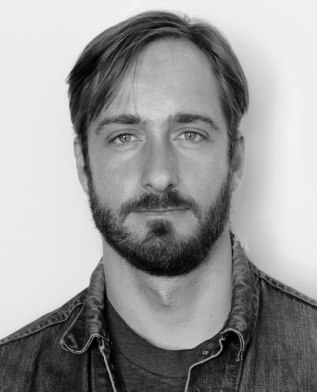
David Balzer has contributed to publications including The Believer, Modern Painters , Artforum.com and the Globe and Mail , and is the author of Contrivances , a short-fiction collection. He is currently Associate Editor at Canadian Art magazine. Balzer was born in Winnipeg and currently resides in Toronto, where he makes a living as a critic, editor and teacher.
About the
Exploded Views Series

Exploded Views is a series of probing, provocative essays that offer surprising perspectives on the most intriguing cultural issues and figures of our day. Longer than a typical magazine article but shorter than a full-length book, these are punchy salvos written by some of North Americas most lyrical journalists and critics. Spanning a variety of forms and genres history, biography, polemic, commentary and published simultaneously in all digital formats and handsome, collectible print editions, this is literary reportage that at once investigates, illuminates and intervenes.
The print edition of this book is typeset in Goodchild Pro and Gibson Pro. Goodchild was designed by Nick Shinn in 2002 at his ShinnType foundry in Orangeville, Ontario. Shinns design takes its inspiration from French printer Nicholas Jensen who, at the height of the Renaissance in Venice, used the basic Carloginian minuscule calligraphic hand and classic roman inscriptional capitals to arrive at a typeface that produced a clear and even texture that most literate Europeans could read. Shinns design captures the calligraphic feel of Jensens early types in a more refined digital format. Gibson was designed by Rod McDonald in honour of John Gibson FGDC (19282011), Rods long-time friend and one of the founders of the Society of Graphic Designers of Canada. It was McDonalds intention to design a solid, contemporary and affordable sans serif face.
Printed at the old Coach House on bpNichol Lane in Toronto, Ontario, on Zephyr Antique Laid paper, which was manufactured, acid-free, in Saint-Jrme, Quebec, from second-growth forests. This book was printed with vegetable-based ink on a 1965 Heidelberg KORD offset litho press. Its pages were folded on a Baumfolder, gathered by hand, bound on a Sulby Auto-Minabinda and trimmed on a Polar single-knife cutter.
Edited by Jason McBride
Copy edited by Stuart Ross
Designed by Alana Wilcox
Series cover design by Ingrid Paulson
Cover photo: Visitor operating Michael Landys kinetic sculpture, Saint Jerome Photo The National Gallery, London, with permission from Michael Landy and the Thomas Dane Gallery
Author photo by Jim Verburg

Coach House Books
80 bpNichol Lane
Toronto ON M5S 3J4
Canada
416 979 2217
800 367 6360
mail@chbooks.com
www.chbooks.com
copyright David Balzer, 2014
rst edition

Published with the generous assistance of the Canada Council for the Arts and the Ontario Arts Council. Coach House Books also acknowledges the support of the Government of Canada through the Canada Book Fund and the Government of Ontario through the Ontario Book Publishing Tax Credit.
LIBRARY AND ARCHIVES CANADA CATALOGUING IN PUBLICATION
Balzer, David, 1976, author
Curationism : how curating took over the art world and everything else / David Balzer.
(Exploded views)
Issued also in a printed format.
ISBN 978-1-77056-387-2
1. Curatorship--History. 2. Art--History. I. Title. II. Series: Exploded views
N410.B32 2014 708.009 C2014-904496-8
Curationism is available in a print edition: ISBN 978 1 55245 299 8.
Purchase of the print version of this book entitles you to a free digital copy. To claim your ebook, please email . (Coach House Books reserves the right to terminate the free digital download offer at any time.)
Next page
